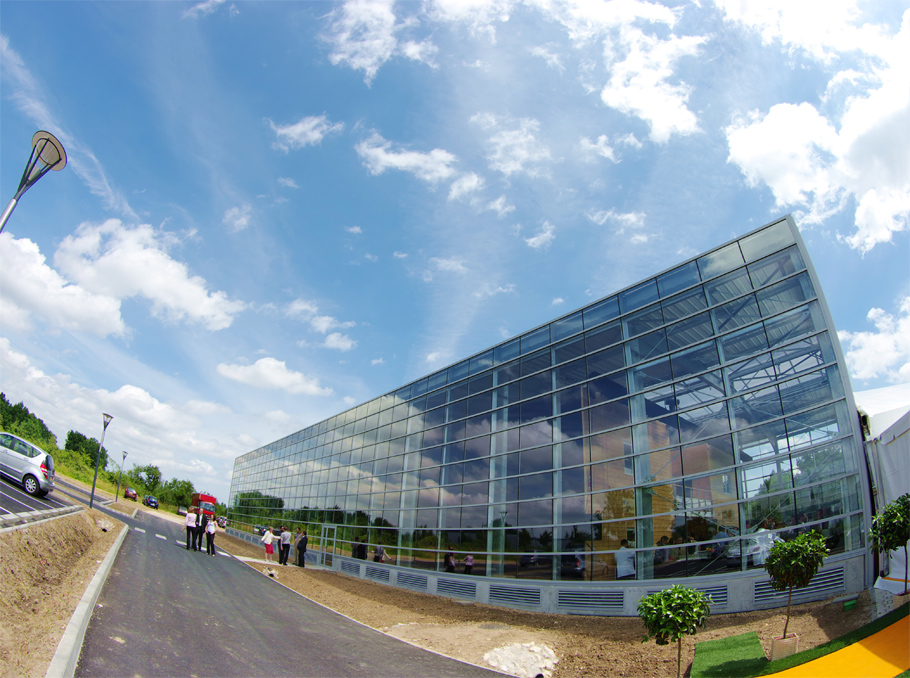Starting from 2002, a number of investment-focused activities were implemented as part of the UNDP Armenia Climate Change Programme. The first of these programmes was directed at the promotion of energy efficiency and reduction of greenhouse gases in the heating sector. The main sources of funding are the Global Environment Facility and the Green Climate Fund.
Mediamax interviewed Diana Harutyunyan – UNDP Armenia Climate Change Programmme Coordinator – on their past and present projects.
Understanding the importance of energy efficiency by investors
In addition to the previously discussed projects on renewable energy, energy efficiency represents a core component of UNDP Armenia’s Climate Change Programme.
“The bulk of electricity and gas consumed in buildings is used for heating purposes, while centralized heating systems allow for energy efficiency and reduced consumption by changing the thermal characteristics of the buildings, such as the insulation in doors, windows, ceilings and walls. The program primarily targeted the residential sector and was intended to provide a new approach in recently constructed buildings through legislative changes in order to reduce the strain on the developer and produce significant social, environmental and economic impact. Another project focused on recently constructed social housing in the town of Goris demonstrated that while the construction costs of insulating the building would rise by as little as 6%, the level of efficiency would increase by 60%,” reports Diana Harutyunyan.
Another example is the thermal refurbishment of nine-story block of flats in the administrative district of Avan which resulted in a decrease in energy consumption of 57%.
The third programme currently being implemented in partnership with the government is the construction of a residential building in Akhuryan, as part of their earthquake area Housing Programme.
Diana believes that engaging private investors and communicating the critical importance of energy efficiency are two of the most significant accomplishments of the programme.
“For instance, the developer Cascade Hills provided us with the blueprints of eight buildings that they were constructing for us to review and propose a new approach. The cost of construction was somewhat higher, yet, the expected benefits for the developer also increased as thinner but better insulated walls gave the company new surfaces it could put on sale,” notes Diana. In addition, she says, buildings with thermal insulation are more attractive for potential buyers as they realize that their heating bill will be smaller.
“We ran a great awareness building campaign for the programme. Czech and British experts held trainings for designers and developers in Yerevan. Two labs were created, one of which was set up at the University of Architecture. We helped review some of the course modules at the University and presented a special textbook entitled Green Architecture, which we introduced in the curriculum as a major subject,” reports Diana.
Cooperation with the state and another case for savings
The UNDP in Armenia Climate Change Programme currently works on a Green Lighting initiative with the Yerevan city municipality acting as principal partner.
“The goal of the program is to improve street lighting. At the demonstration stage, the goal was to change the street lighting on Admiral Isakov Avenue, which saw energy savings of 63%, as well as increased level of illumination and introduced new LED technologies. We have an agreement with the Yerevan city municipality under which we are offering a grant programme and they provide a portion of the funding (installation and repair of lighting poles). The main accomplishment is that the city will establish a Revolving Fund that will accumulate savings to be used for implementation of new programmes,” highlights Diana. The amount of savings that can be made during one year is about $50,000 USD.
“Using the facilities of the Revolving Fund, we have launched a new direction: transforming street lighting from Mashtots Avenue leading up to the Matenadaran. Next, we’ll work on a third stage that includes upgrading street lighting on the road stretching from the Haghtanak Bridge to Tsitsernakaberd Memorial. In all, about 29 km of street lighting was upgraded as part of this programme. Following the principles of the Revolving Fund programme in Yerevan, we have also worked in Alaverdi, Spitak, Sevan, Abovyan, Stepanavan, Ararat, Goris, Kapan, Kajaran and Gavar. In other communities, the savings generated through the Revolving Fund have been invested to launch a street lighting programme,” tells the UNDP Armenia Climate Change Programme coordinator.
Siranush Yeghiazaryan




























Comments
Dear visitors, You can place your opinion on the material using your Facebook account. Please, be polite and follow our simple rules: you are not allowed to make off - topic comments, place advertisements, use abusive and filthy language. The editorial staff reserves the right to moderate and delete comments in case of breach of the rules.